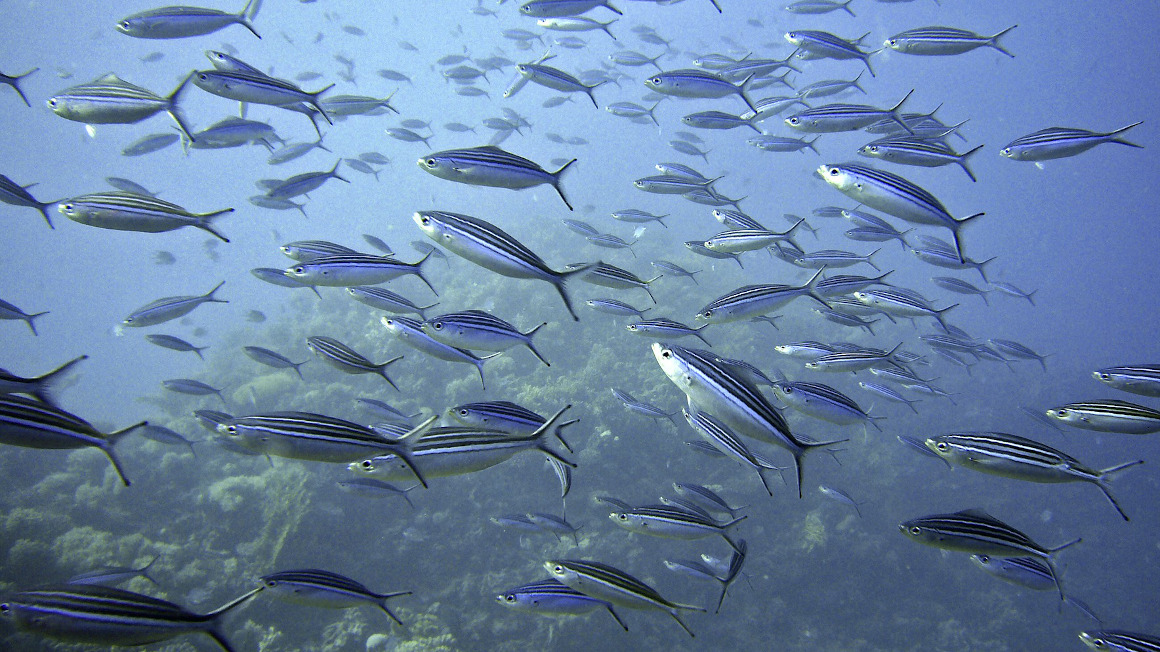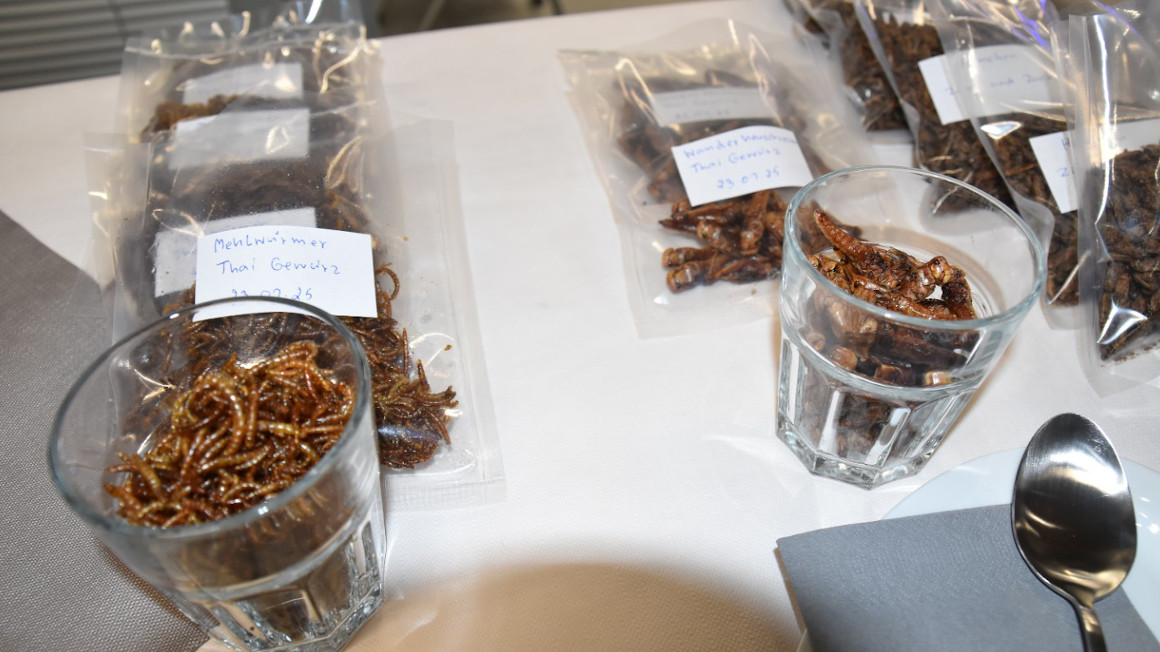Fish gills as inspiration for microplastic filter
Inspired by fish gills, researchers want to develop a sustainable filter that screens microplastics from washing machines.

About four kilograms of microplastics per person enter the environment every year in Germany as a result of washing synthetic fibers. The tiny particles then enter waterways via wastewater, where they are ingested by fish. However, some aquatic animals have a filter system in their gills that separates food particles from the water and thus also filters out microplastics. In the Fishflow project, researchers from the University of Bonn together with Fraunhofer UMSICHT and the company Hengst now want to develop a new type of filter for washing machines based on the model of fish gills, which filters out microplastic particles effectively and sustainably.
Measuring the filtering geometry of the gills
"There are many filter-feeding animals, but from the gill arches to the routing of food into the digestive tract, fish show the highest similarity to the conditions in the washing machine," said Alexander Blanke from the Institute of Evolutionary Biology and Ecology at the University of Bonn. Leandra Hamann from Fraunhofer UMSICHT has already measured the gill geometry of a wide variety of fish in advance - including those of mackerel and sardines, which are considered so-called filtration masters. In order to track down the most efficient filter geometry, computer models of the gills are now being created based on the measurement data, simulations are being carried out and then replicated on the 3D printer. Finally, the bionic models of the gill structures will be tested in the flow channel and, finally, in a washing machine.
Efficient filter performance and sustainable manufacturing
The aim of the Fishflow project is to develop an efficient filter that captures more than 90% of the microplastic particles in the washing machine. In addition, the filter should last as long as possible and be manufactured sustainably. "We will conduct a life cycle assessment early on in the product development process to evaluate the ecological benefits," says Ilka Gehrke from Fraunhofer UMSICHT. Researchers from the fields of biology, materials science and engineering are working together in the project to be able to present a prototype of the bionic washing machine filter as quickly as possible. The project is funded by the Federal Ministry of Education and Research (BMBF) for one year with approximately 500,000 euros.
bb


